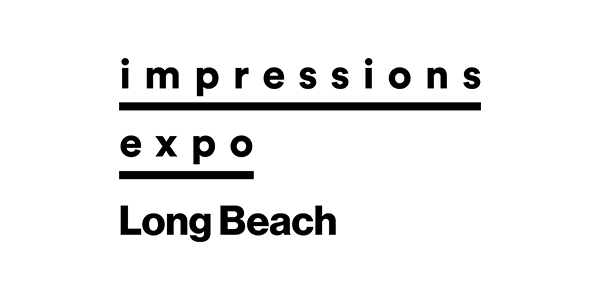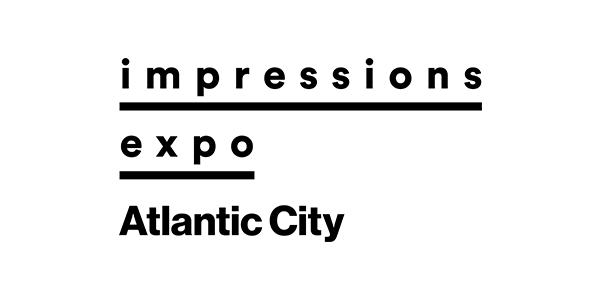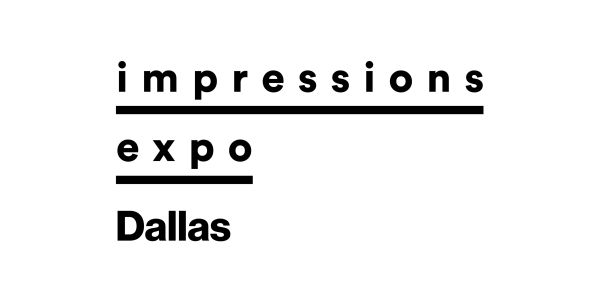The global, third-party certification OEKO-TEX Standard 100, established by the International OEKO-TEX Association, Zurich, Switzerland, is focused on stricter lead limits.
The OEKO-TEX Standard 100 ensures that textiles and apparel are tested for more than 300 substances used in textile production that are considered dangerous to human health. Lead is high on OEKO-TEX’s list of concerning chemicals for all textile products which may be candidates for lead content, particularly those intended for children.
OEKO-TEX’s limit values for lead content are well below those required by product safety agencies, confirming that OEKO-TEX-certified products already comply with regulations like the United States CPSC’s Consumer Product Safety Improvement Act (CPSIA) and proposed revisions for REACH (Registration, Evaluation, Authorization and Restriction of Chemicals) in the European Union.
The OEKO-TEX limit value for total lead content is 90 parts per million (ppm) (0.009%), which is equal to the limit for surface coatings or paint as required by CPSIA, and well under the 500 ppm (0.05%) lead metal limit currently under consideration for REACH. In addition to tighter lead content limits, the OEKO-TEX testing methodology evaluates both extractable and total lead content.
Using a controlled sweat solution test, OEKO-TEX simulates the amount of lead that may be dissolved out of a textile product or accessory, providing practical insight into the potential health risks posed by real-life use.
In addition to lead, OEKO-TEX Standard 100 certification includes testing for other heavy metals, phthalates, formaldehyde, pesticides, carcinogenic dyestuffs and many other compounds potentially used in the making of textile products. Updates to the list of concerning substances and test methodologies are issued at least annually in response to developments in textile-production technology and chemistry, changes in global product safety regulations and advances in medical knowledge. The 2014 update includes revisions to specifically support the apparel and footwear industry’s Zero Discharge of Hazardous Chemicals (ZDHC) initiative and other global efforts to increase textile product safety and improve the industry’s environmental footprint.
For more information, visit OEKO-TEX.com. — L.M.




